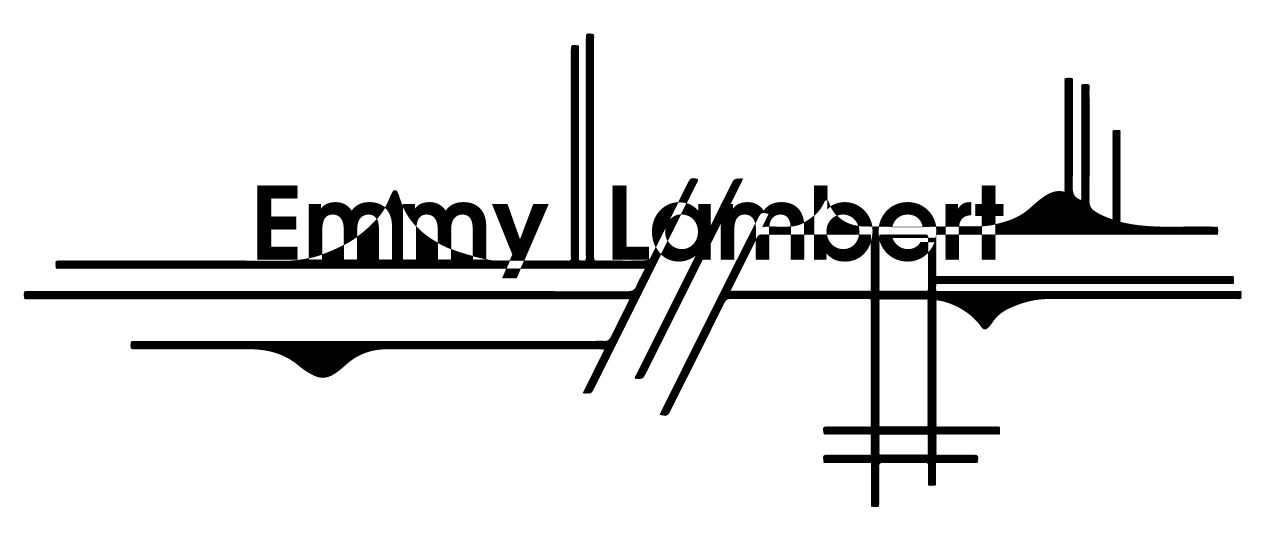The ‘Duties’ of Artwork
I’m currently preparing my installation Liquidity for exhibition in a rather unusual environment. Not a gallery or artistic space (not even a public space per se) but the foyer of a foreign exchange conference, an event sponsored by the company that provides the data for it. It’s more than slightly daunting to be inserting an abstract work of sound art into a professional event - it feels like the polar opposite of a ‘captive audience’, to put it mildly. I have no idea how that will go, but I have been thinking of answers to the only question I’m expecting everyone to ask - the ‘why’. Why does this matter, why has this artwork been made?
Much cleverer people have written on the value of aesthetics, the meaning of culture and the purpose of making and experiencing artistic works - those are wider issues becoming ever more prevalent. But in a world where social media rules the roost and tech companies are doing everything in their power to remove agency from our lives, we come across a more immediate issue - our own passivity.
The algorithms are designed to make discovery effortless and apathetic. They show us nothing we might find difficult, creating echo-chambers around our values, never challenging us in any way that might take us offline. A notable event in Ray Bradbury’s Farenheit 451 is that tech companies begin to abridge and summarise books to cater to short attention spans and remove any intellectual friction readers might encounter - you don’t need me to tell you we’re already past that point. These insidious pushes in the name of efficiency, speed and scale appear to stem from a belief that every moment we spend interacting with others or with culture is a transaction cost - undesirable and unnecessary. That all of your time is something to be ruthlessly optimised.
Our most important and meaningful human experiences tend to be slower and involve some level of effort, conflict or risk. People who undertake epic sailing journeys or climb mountains do so because these activities are hard, making the rewards and little moments all the sweeter. People who read “challenging” books do so because the insights they gain by reflecting on them stay for their whole lives, long after the book has been put down. Engaging with art, even art you don’t like, especially art you don’t like, introduces you to new perspectives and helps shape your beliefs. Learning an instrument, learning to paint, learning a language… Part of the joy of these things is that there are no shortcuts - you have to do the work. Once again for the people in the back - there are no shortcuts. You get out what you put in.
The process of making an installation like Liquidity is inherently slow. It involves filling in your own skill gaps, a lot of steep learning curves, refining a process, trial and error, decision-making. The repetition of a lot of these steps until you find the bits that click. The processes both of making and experiencing art defy convenience, something antithetical to our online lives and the ways platforms push artists towards shorter content in higher volumes.
Too little challenge, too little friction and we become passive, apathetic and fundamentally bored. How can you define yourself as a person when you have only ever consumed what is presented to you, never seeking out experiences of your own, never choosing goals or getting out of your bubble? When we choose not to ‘optimise’, when we choose a path that is more challenging, we give ourselves agency to explore the world and find things that are meaningful to us - we begin to explore our own personhood. This is just as true of experiences we do not enjoy as those that we do. You want good taste? You have to go out into the world and develop good taste, one that is uniquely yours.
The duty of artwork then, perhaps, is just the duty of living, of becoming a person. It is resistant to the flattening of human knowledge, the bland composite perspectives of AI. To be an individual who shapes and defends their own perspective, tastes and beliefs, you must be open to challenge.
